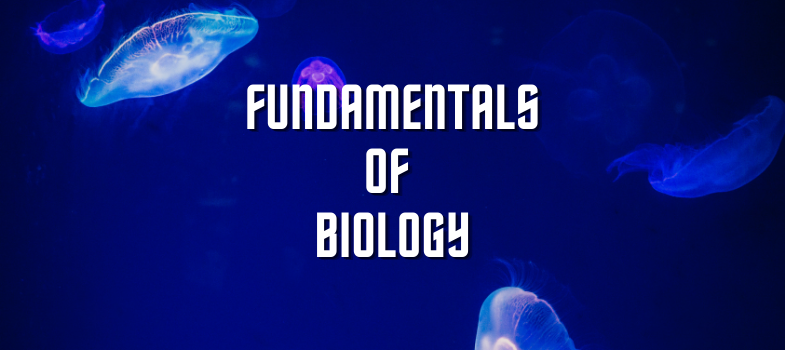Practice Problems Answer Key
Only open this after you've completed the assignment.
All correct answers are in red text.
Practice Problems for Biochemistry, Session 7: Chemiosmotic Principle, Photosynthesis
Question 1
a) Respiration and Non-cyclic photophosphorylation both produce ATP using chemiosmosis.
• In respiration, what molecule donates electrons to the first protein in the electron transport chain?
NADH transfers electrons to the first protein in the electron transport chain.
• In non-cyclic photophosphorylation, what molecule donates electrons to the first protein in the electron transport chain?
Chlorophyll transfers electrons to the first protein in the electron transport chain. Note that the electrons
donated by this chlorophyll molecule are replaced by electrons taken from H2O to make O2.
• In respiration, what molecule accepts electrons from the last protein in the electron transport chain?
Oxygen accepts electrons from last protein in the electron transport chain.
• In non-cyclic photophosphorylation, what molecule accepts electrons from the last protein in the electron transport chain?
NADP+
accepts electrons from last protein in the electron transport chain
• Non-cyclic photophosphorylation also produces NADPH. In what process is NADPH used, and what role does it perform in this process?
NADPH is used in the Calvin cycle to produce glucose from CO2.
b) Purple sulfur bacteria have photosystem I, but not photosystem II, and thus carry out cyclic photophosphorylation. Plants have both photosystem I and photosystem II, and carry out non-cyclic photophosphorylation.
• Is the Calvin Cycle the same or different in Purple sulfur bacteria and plants? Explain.
The Calvin cycle is the same. The steps and enzymes needed for the pathway from CO2→glucose are
identical, however the way the organisms generate NADPH differs.
• Is the mechanism for producing ATP the same or different in Purple sulfur and plants? Explain.
The mechanism for producing ATP is basically the same. Both use an electron transport chain to
generate an H+ gradient that is used to drive the synthesis of ATP. The specifics of the electron transport
chain differ slightly.
• What is the initial source of the electrons that are used to convert NADP+ to NADPH for cyclic photophosphorylation?
The electrons come from reduced compounds such as H2S.
• What is the source of electrons for the conversion of NADP+ to NADPH for non-cyclic photophosphorylation?
The electrons come from water.
Question 2
Explain why the evolution of non-cyclic photophosphorylation was a prerequisite to the evolution of respiration.
Until the evolution of Non-cyclic photophosphorylation, there was no oxygen in the atmosphere. Non-cyclic
photophosphorylation obtains electrons from H2O forming O2. Respiration requires O2 to act as the final electron
acceptor.
